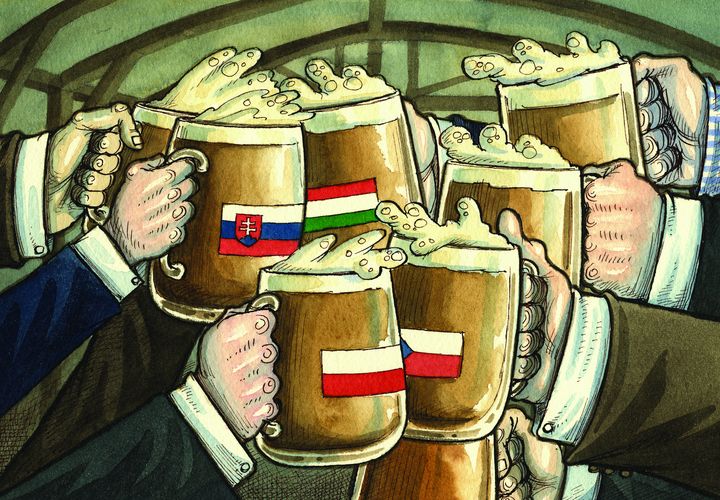Central and Eastern Europe is a fascinating collection of emerging markets benefiting from the reforms they pushed through in order to secure European membership.
For the purposes of our report the region encompasses: Albania; Austria; Bosnia and Herzegovina; Bulgaria; Croatia; Czech Republic; Estonia; Hungary; Latvia; Lithuania; Former Yugoslav Republic of Macedonia; Montenegro; Poland; Romania; Slovakia; Slovenia; and Serbia.
Of these, only Austria and Slovenia have already joined the more exclusive club of 15 states using the euro as their domestic currency. Some of the others are relatively close to having the macro economic infrastructure in place to join. Slovakia is expected to be the next entrant next year, with the Czech Republic, Poland and Hungary not far behind. But there is still a considerable amount of work to be done, with various hurdles to overcome. The next stage of the accession is unlikely to be plain sailing for anyone.
Plain sailing is a metaphor unlikely to feature in many minds regarding any asset classes in CEE. The bond markets have been having a torrid time of late, with CDS spreads having widened to levels that make international bond issuance by sovereigns in the region extremely unattractive. Most have enough of a domestic market to bide their time, waiting for markets return to normality – whatever that might turn out to be. But one or two have their hands tied and are being grudgingly forced to do deals on terms that a year ago would have seemed absurd.
It is a similar story in the loan market where most deals have been done in domestic currencies. Many such transactions have related to infrastructure projects – which are one of the shining lights of the region. The coming years will see significant expenditure on infrastructure projects, boosting the fortunes of utilities, construction and engineering companies.
These sectors have been among the most attractive to investors, with further debate raging about the exposure of its banks to the malaise affecting their peers in Western Europe and the US. Banks have been universally hit hard, but some fund managers are pondering whether those operating in the CEE might have been punished rather undeservingly – especially where they have enough money on their balance sheets to prevent them needing to raise money from the interbank market.
In M&A, things do look calmer and decidedly more inviting – though hardly plain sailing. The sector has already enjoyed a decade-long bull run, driven by Western companies looking to gain exposure to a region displaying far better growth prospects than their own domestic markets, as well as local consolidation, as national and regional champions are created.
And structured products are also displaying surprisingly strong growth, considering the relative lack of enthusiasm with which they are now seen in the West. Retail investors are driving this particular trend, being relatively free from the inhibiting influence of regulators, though institutions are now getting in on the action as banks provide capital guaranteed products.
